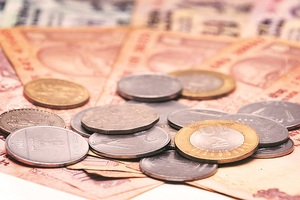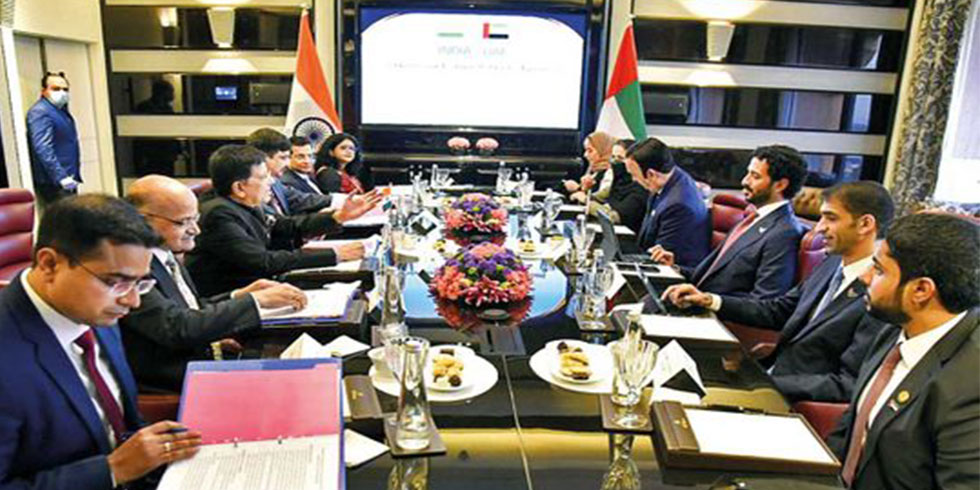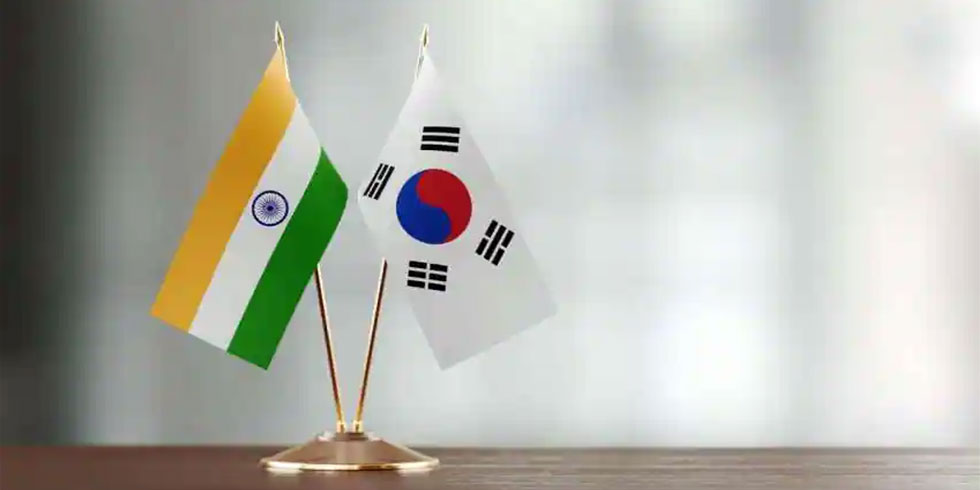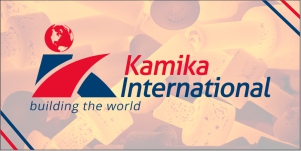The appreciation of the rupee against the dollar in recent months might have dented the profitability of exporters during the June quarter, credit rating agency CRISIL said on Tuesday.
This held especially true for companies that sourced locally and had limited pricing power while those having natural offsets such as sizeable imports or foreign currency loans and currency hedges would be less affected, CRISIL said.
The rupee has since January risen by more than five per cent against the dollar to close at 64.54 on Tuesday. A weaker currency is an advantage for exporters and makes imports, foreign travel and education more expensive.
An analysis of the largest 10 export-oriented sectors from CRISIL’s rated portfolio shows leather, textiles, meat, seafood and basmati rice are the most vulnerable to a stronger rupee.
Foreign currency losses for these exporters were estimated at 200-300 basis points (bps) of net sales during the June quarter taking into account the 4 per cent rupee appreciation, CRISIL said.
For pharmaceuticals and agrochemicals, the impact would be lower at 150 bps, given their imports provided a partial hedge, CRISIL said. For the gems and jewellery sector, exports largely matched imports, leading to minimal impact, it added.
The information technology (IT) sector will be the least affected, given the extensive hedging practiced there, but the extent of hedging in terms of time period will determine the impact on individual companies.
“A majority of exporters have weathered the forex storm so far. Any significant rise in the rupee will impact credit profiles of exporters in the vulnerable sectors,” said Anuj Sethi, senior director, CRISIL. Exporters rated below ‘BBB-’ (moderate safety) are vulnerable to challenges on both the demand and supply sides.
Demand-side issues include the information technology, pharmaceuticals and leather sectors facing pricing pressure or sluggish demand in major markets like the US and the EU.
Supply-side issues such as the ban on cow slaughter have squeezed margins in the leather and meat industries.
"The worst is still to come. With the currency appreciating at a fast clip, competitiveness of Indian goods will go down," said Ajay Sahai, director-general of the Federation of Indian Export Organisations.
Major exporting sectors such as engineering products, readymade goods and automobiles are expected to come under pressure.
However, with the Merchandise Exports from India Scheme covering nearly 8,000 product categories, chances of further support are slim. Under this scheme, the government provides duty benefits to exporters at two, three and five per cent, depending on the product and country exported to.















Add Comment